The Conversion of Saint Paul on the Road to Damascus (LINK)
Oil on canvas
112 x 102 cm
Framed 125 x 114 cm
The scene depicts the episode, taken from the Acts of the Apostles, in which the young Roman tax collector Saul, while travelling to Damascus at the head of soldiers to persecute Christians, was blinded by a supernatural light coming from a rent in the sky that threw him to the ground.
The majestic figure of Jesus appeared from the clouds and addressed the now dismounted soldier, while his companions around him, dazzled by what was happening, fled on their skittish horses. “Saul, Saul, why are you persecuting me?” are the words that Christ addressed to Paul, who, covering his eyes blinded by the glare with his hand, reclines his head.
The episode depicts the amazement and fear of the conversion of the soldier Saul, the future apostle of the Gentiles Paul, who spreads his arms and stretches them towards the light, open to receive grace and divine illumination.
Although it is a religious subject, it cannot be ruled out that it was intended for private devotion rather than for a place of worship: the painting has a distinctly “secular” rather than devotional character.
This work, of which a pendant (link) is available, can be attributed to the workshop or circle of Antonio Tempesta (Florence 1555 - Rome 1630), a leading artist of fundamental importance for the 17th-century development of the “battle” genre in painting.
His style, which belongs to the late Renaissance or early Baroque period, is characterised by elements such as the dynamism of the composition, the dramatic use of light and shadow (chiaroscuro), and the expressiveness of the figures.
He shaped his art in the culture of late Mannerism at the end of the 16th century, acquired from his early training in Florence in the workshop of the Flemish artist Giovanni Stradano, with whom he collaborated on the decorative work of Palazzo Vecchio.
Active mainly in Rome from 1572, he worked for Pope Gregory XIII on the decorations in the Vatican Loggias, and for many of the most noble and influential families, such as the Farnese, Borghese, Giustiniani and Rospigliosi-Pallavicini, and was particularly sought after as an author of historical and biblical battle scenes.
In 1613, he created a series of engravings of “biblical battles” inspired by Tasso's “Jerusalem Delivered” for Grand Duke Cosimo II. These subjects brought him great success with the Medici family and the Florentine court, and served as a source of inspiration for his subsequent paintings.
ADDITIONAL INFORMATION:
The work is completed by a pleasant gilded wooden frame and is sold with a certificate of authenticity and a descriptive iconographic card.
We take care of and organise the transport of purchased works, both in Italy and abroad, through professional and insured carriers. If you would like to see this or other works in person, we would be delighted to welcome you to our new gallery in Riva del Garda, at Viale Giuseppe Canella 18. We look forward to seeing you!
Please contact us for any information, we will be happy to answer your questions.
Follow us on:
https://www.instagram.com/galleriacastelbarco/?hl=it
https://www.facebook.com/galleriacastelbarco/






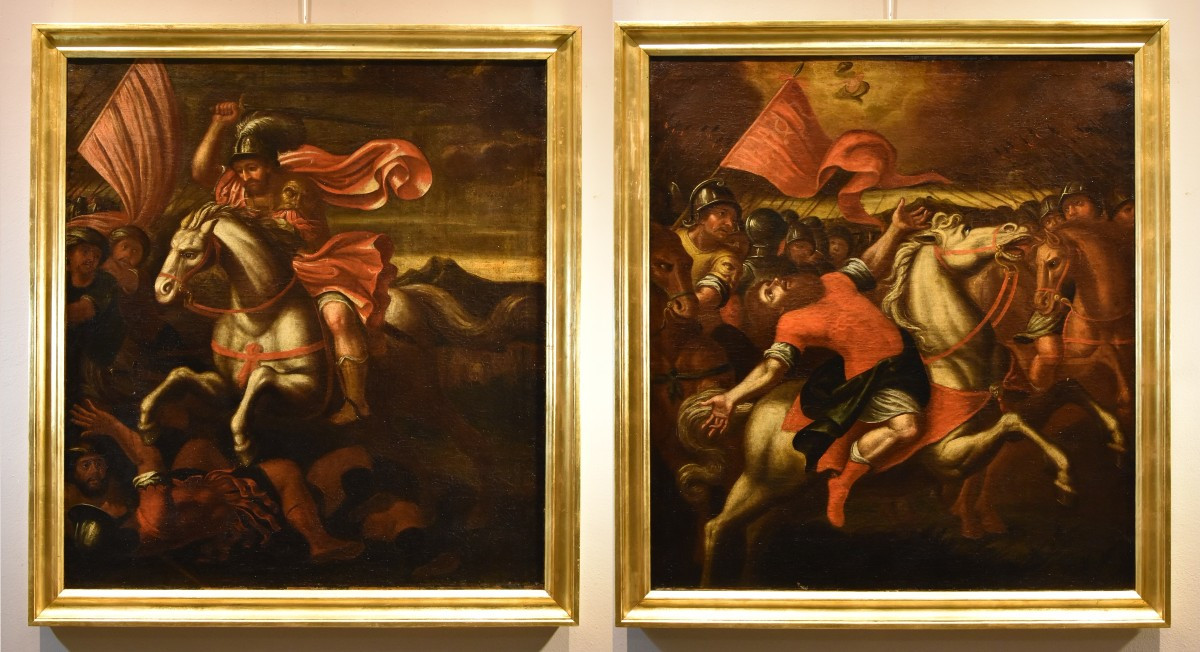
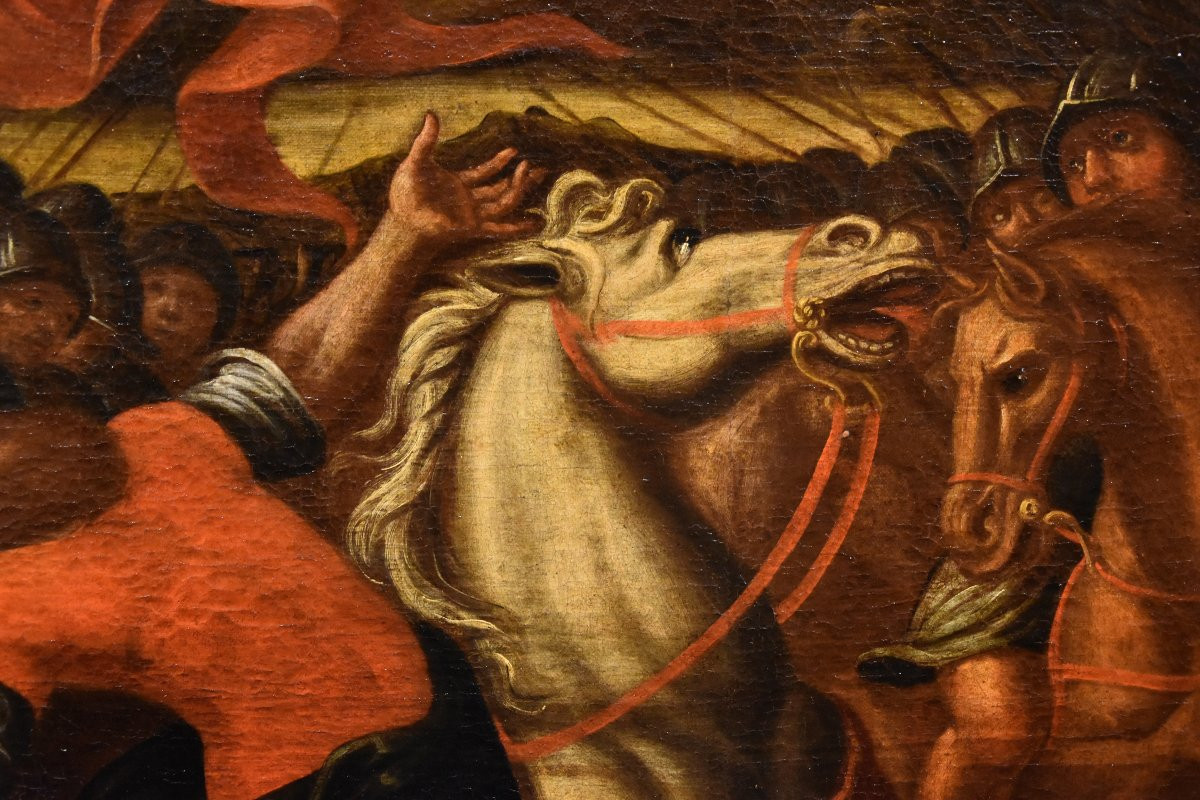
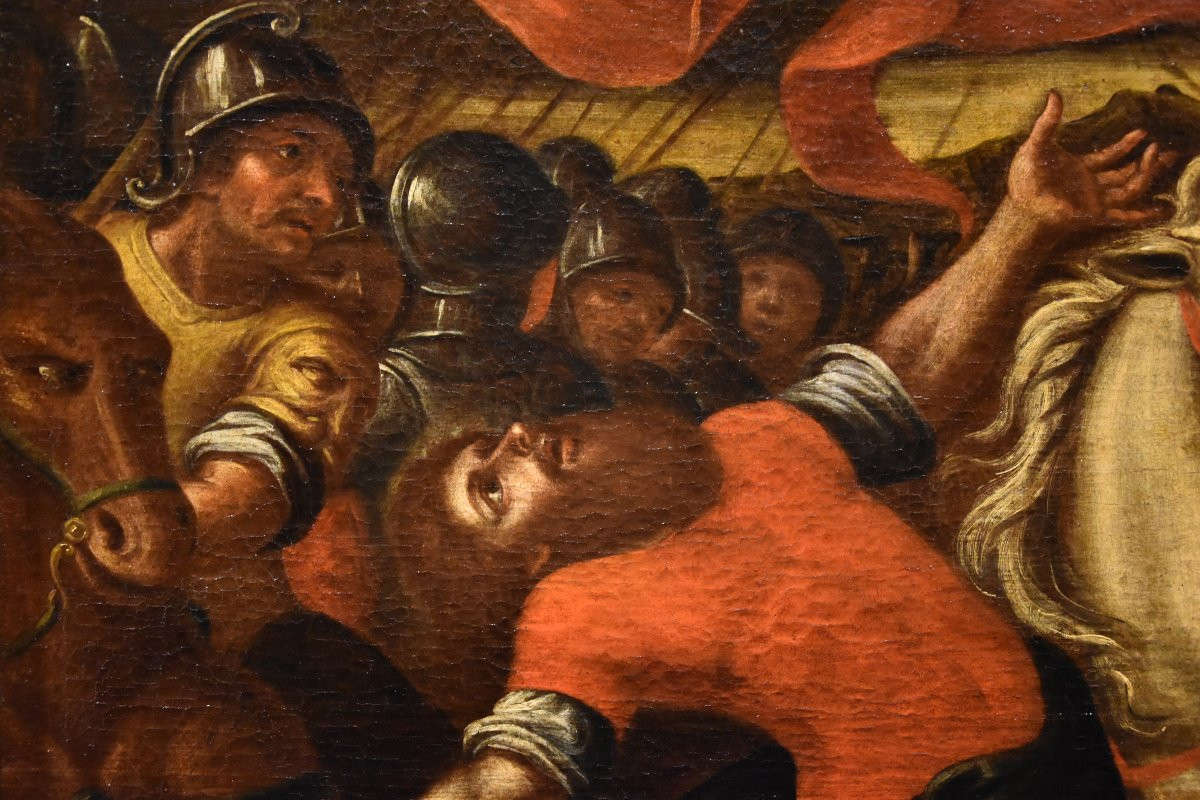



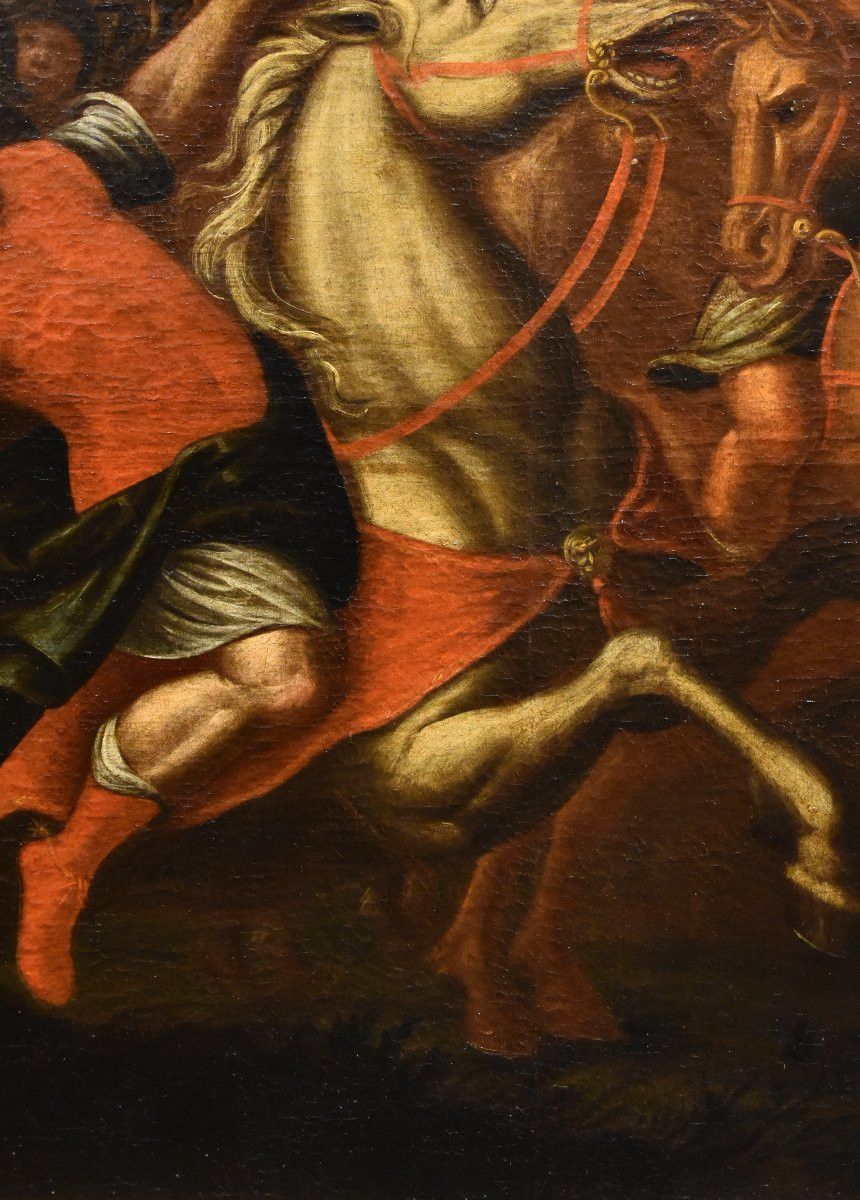

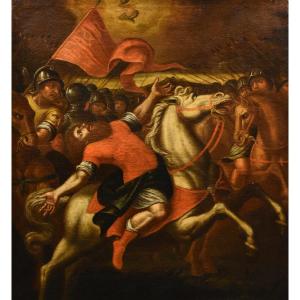























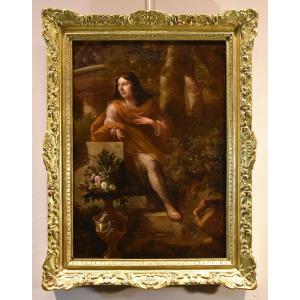





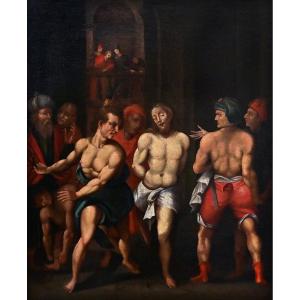
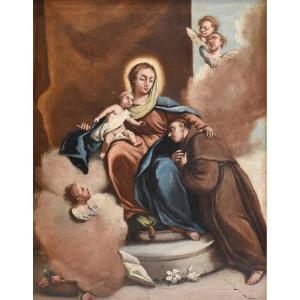




 Le Magazine de PROANTIC
Le Magazine de PROANTIC TRÉSORS Magazine
TRÉSORS Magazine Rivista Artiquariato
Rivista Artiquariato